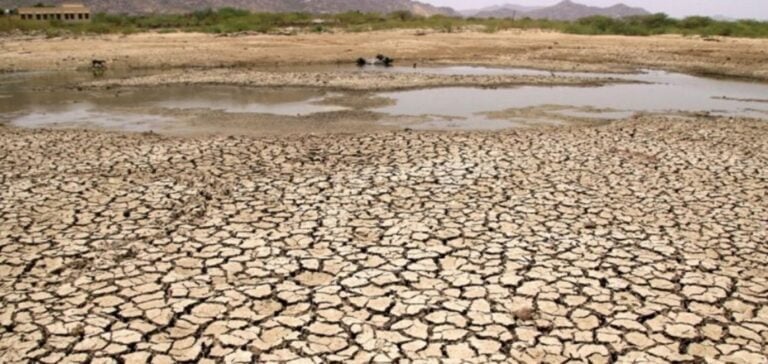According to StatCan, electricity generation in Canada reached 53.6 million megawatt-hours (MWh) in February 2024, down 4.9% on the previous year. This decrease is attributable to a drought affecting a large part of Canada, reducing hydroelectric production by 12.5% year-on-year. The situation is particularly critical in Quebec, where exports have fallen by 61.6% compared with February 2023.
Rising imports and falling exports
Canada imported 2.7 million MWh of electricity from the United States in February, exceeding the 2.6 million MWh exported. These imports, which were 124.1% higher than the February average, illustrate a notable reversal of the country’s historical trend as a net exporter of electricity. The provinces of New Brunswick and Ontario also saw their exports drop considerably, with declines of 49.9% and 29.5% respectively.
Provincial crisis strategies
Faced with increasingly severe drought, provinces such as British Columbia and Quebec are planning to expand their hydroelectric capacity. At the same time, measures are being taken to conserve water and hydropower reserves. Manitoba Hydro, for example, periodically supplements its hydroelectric production by activating its gas turbines, while BC Hydro tries to conserve water by drawing on reservoirs in less-affected regions. In addition, British Columbia has been importing electricity from Alberta, where less than 10% of energy is generated by hydroelectricity.
Recent changes in Canada’s energy balance highlight the significant impact of climate change on hydroelectric resources. As the country adapts to these new realities, diversification of energy sources and more efficient management of water resources become paramount to maintaining energy security.






















